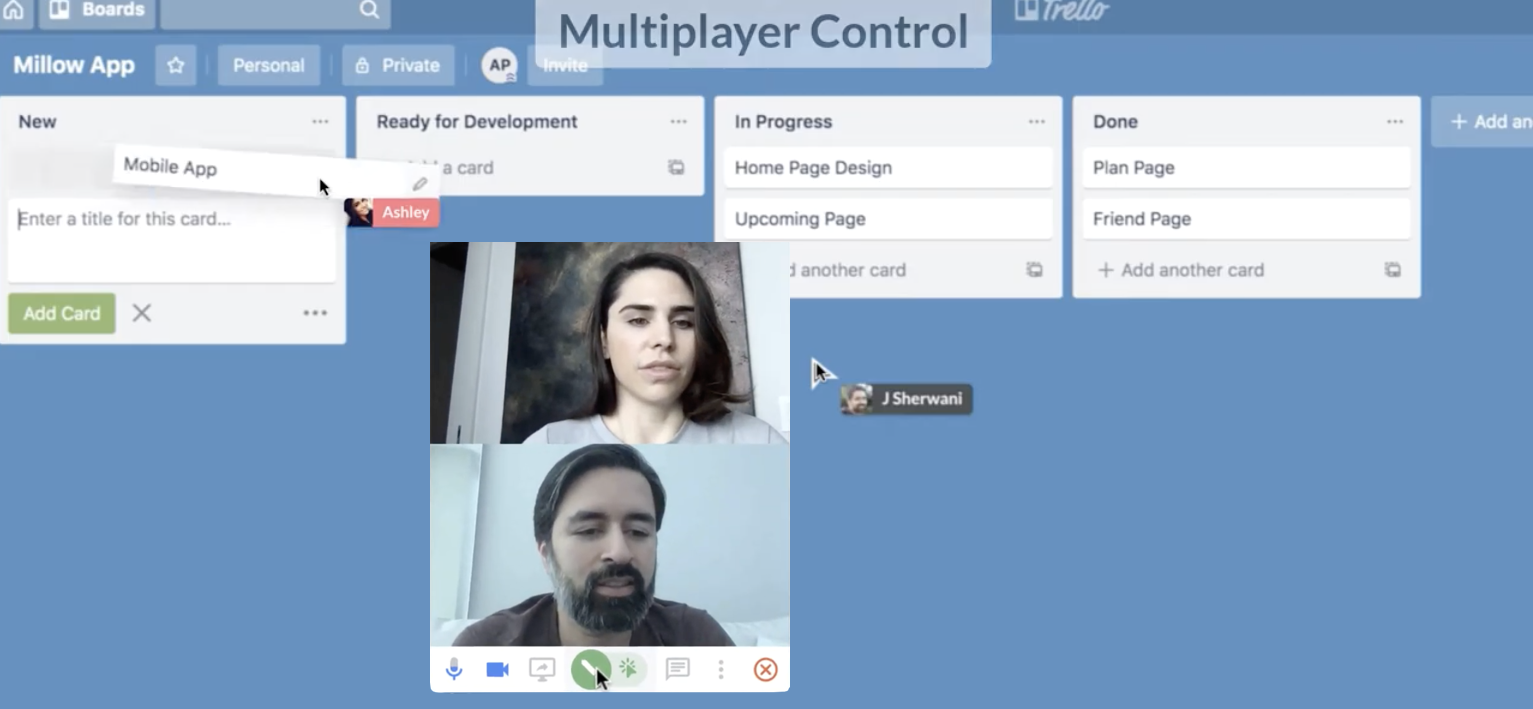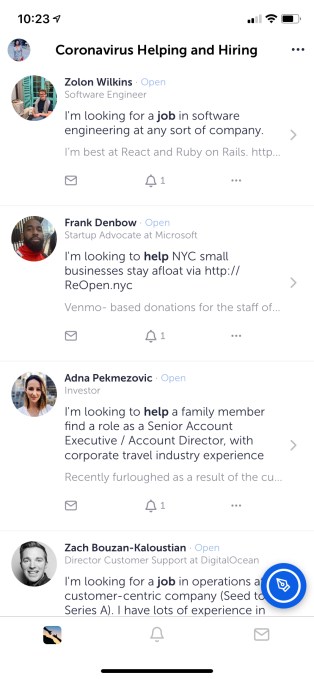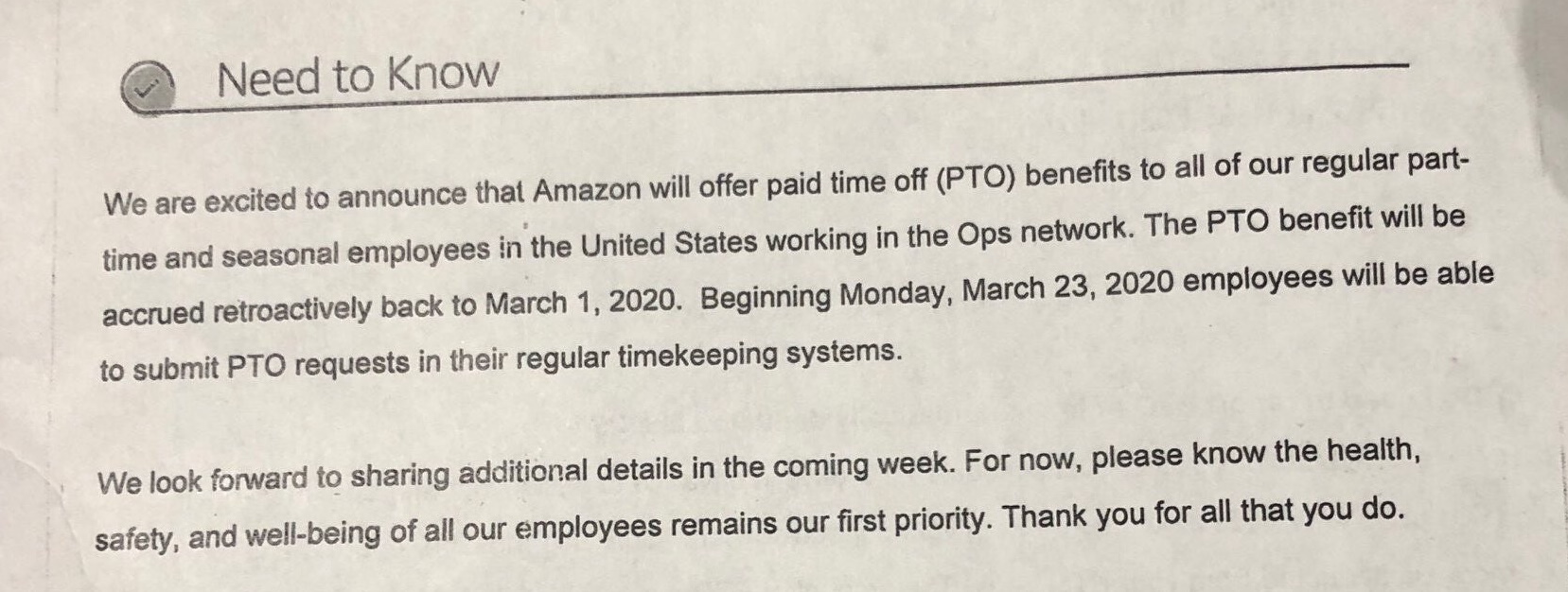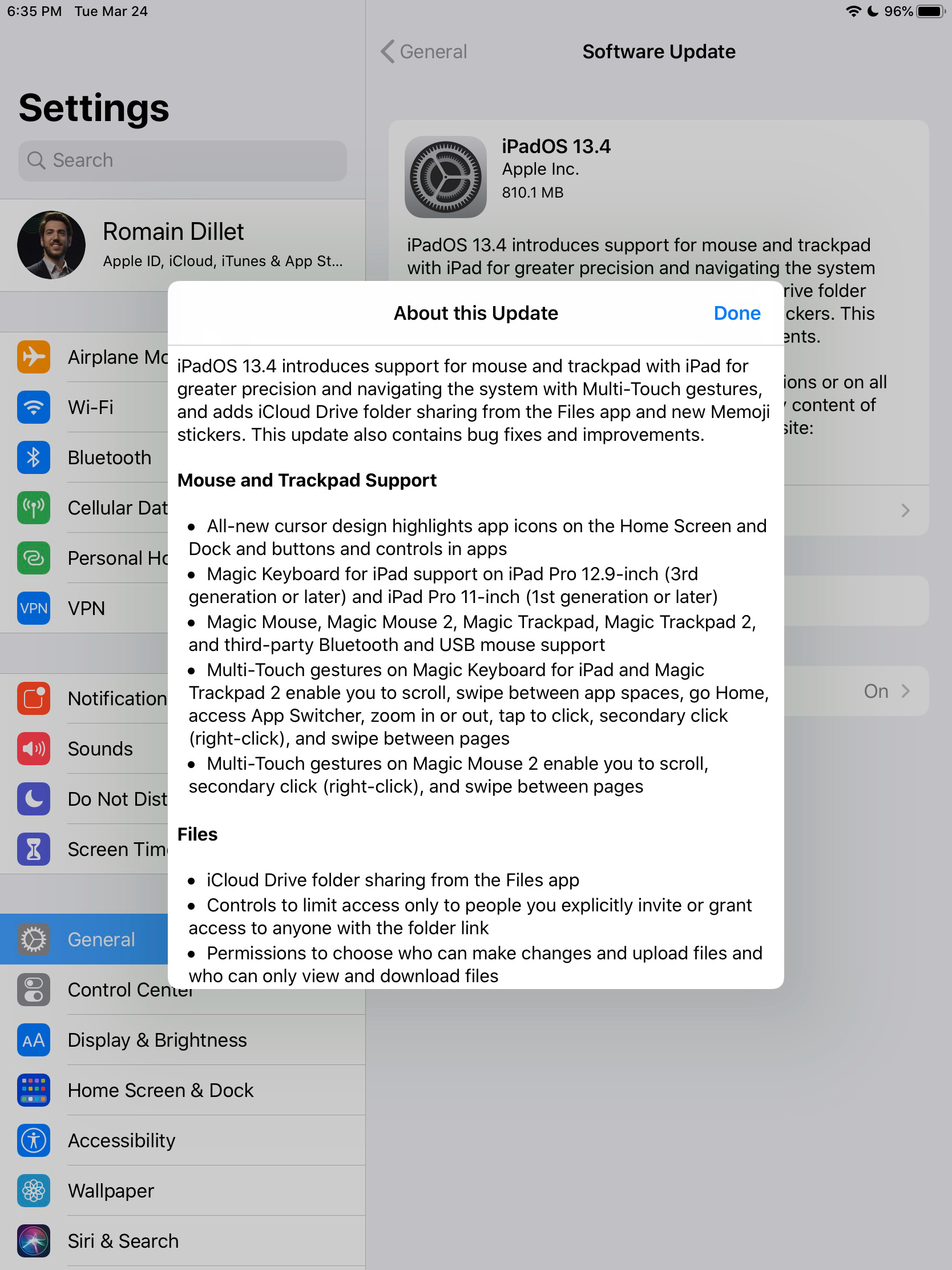For the billions stuck at home during the global effort to flatten the curve, gaming is a welcome escape. But it’s also a bandwidth-heavy one, and Microsoft, Sony and others are working to make sure that millions of people downloading enormous games don’t suck up all the bandwidth. Don’t worry, though, it won’t affect your ping.
A blog post by content delivery network Akamai explained a few things it is doing to help mitigate the tidal wave of traffic that the internet’s infrastructure is experiencing. Although streaming video is of course a major contributor, games are a huge, if more intermittent, burden on the network.
Akamai is “working with leading distributors of software, particularly for the gaming industry, including Microsoft and Sony, to help manage congestion during peak usage periods. This is very important for gaming software downloads which account for large amounts of internet traffic when an update is released,” the post reads.
Take the new Call of Duty: Warzone battle royale game, released last week for free and seeing major engagement. If you didn’t already own the latest CoD title, Warzone was a more than 80 gigabyte download, equivalent to dozens of movies on Netflix . And what’s more, that 80 gigs was likely downloaded at the maximum bandwidth home connections provided; Streaming video is limited to a handful of megabits over the duration of the media, nowhere close to saturating your connection.
And Warzone isn’t alone — there are tons of high-profile games being released at a time when many people have nothing to do but sit at home and play games — PC game platform Steam posted a record 20 million concurrent players the other day, and one analysis saw a 400 percent increase in gaming traffic. So gaming is bigger than ever, while games are bigger than ever themselves.
As a result, gaming downloads will be throttled for the foreseeable future, at least in some markets. “Players may experience somewhat slower or delayed game downloads,” wrote Sony Interactive Entertainment CEO Jim Ryan in a brief blog post. I’ve asked Microsoft, Nintendo and Valve for comment on their approach as well.
It’s important to note that this should not apply to the rest of the gaming experience. Unlike downloading games, playing games is a remarkably low-bandwidth task — it’s important for packets to be traded quickly so players are in sync, but there aren’t a lot of them compared with even a low-resolution streaming video.
The best thing to do is to set your games to be downloaded overnight, since local infrastructure will be less taxed while everyone in your region is asleep. If you have downloads or updates coming during the day, don’t be surprised if they take longer than usual or are queued elsewhere.











